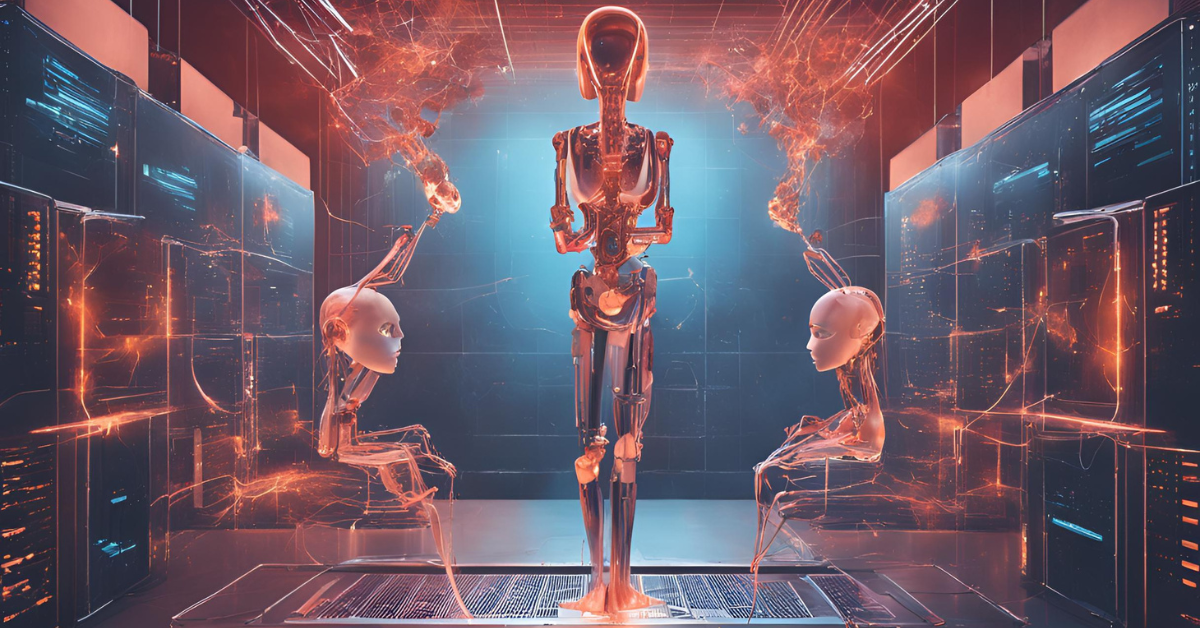
AI in Testing Vs Testing AI Vs AI Testing: A Battle of Acronyms (And What It Means for You)
Today, acronyms seem to be evolving faster than the software itself 😀
You’ve probably come across terms like AI in Testing, Testing AI, and AI Testing and thought, “What’s the difference? They all seem to be part of the same tech revolution!” Well, we’re here to clear up the confusion.
These terms may sound similar, but they each represent different facets of artificial intelligence (AI) in the testing world. Let’s explore each concept. We’ll understand how they differ. We’ll also see why they matter and determine which one is right for your testing strategy.
What is AI in Testing?
AI in Testing refers to the integration of artificial intelligence technologies to improve software testing processes. The goal here is to automate repetitive tasks. It also aims to optimize test cases. Leveraging AI’s capabilities in pattern recognition improves overall testing efficiency. AI can learn from past data and make predictive decisions.
How Does AI in Testing Work?
AI in testing uses machine learning algorithms and natural language processing. These technologies analyze test cases, detect anomalies, and predict potential bugs. It also can automatically generate and execute tests, learning from test results to improve its predictions over time.
Key Features:
- Test Case Optimization: AI tools prioritize the most important tests based on historical data and usage patterns.
- Defect Prediction: AI can predict which parts of the application are most likely to have defects based on past performance.
- Self-Healing Tests: AI can fix broken tests automatically by learning from previous failures.
Statistics and Facts:
- According to Forrester, AI-driven testing can reduce the testing cycle by 50-70%.
- A study by Capgemini revealed that 83% of organizations using AI for testing reported an increase in overall software quality.
What is Testing AI?
Testing AI refers to the process of evaluating and validating the performance, behavior, and reliability of AI models and systems. Unlike traditional software systems, AI models can often behave unpredictably, making rigorous testing essential.
How Does Testing AI Work?
Testing AI involves assessing AI models to ensure that they operate as intended, are unbiased, and meet performance expectations. This requires specialized techniques like model validation, performance testing, and bias detection.
Key Features:
- Model Validation: Verifying that an AI model produces accurate results based on expected outcomes.
- Bias Detection: Identifying and addressing biases in AI models that could lead to skewed or unfair results.
- Performance Testing: Ensuring that AI models perform well under varying conditions and data inputs.
Statistics and Facts:
- Gartner predicts that by 2025, over 75% of AI-based projects will need rigorous testing. These projects must meet ethical and regulatory standards.
- Research by McKinsey found that AI bias in decision-making systems affects industries like healthcare and finance. Mitigating bias is crucial to avoid unintended consequences.
What is AI Testing?
AI Testing is a broader term that involves using artificial intelligence to enhance and automate the software testing process. AI testing tools use machine learning and other AI technologies. These tools help testers generate test cases, execute tests, and analyze results with minimal human involvement.
How Does AI Testing Work?
AI testing uses machine learning and predictive analytics to perform automated testing with minimal human input. AI systems can continuously learn and adapt, offering smarter test execution strategies, predicting defects, and reducing manual test case creation.
Key Features:
- Automated Test Generation: AI can automatically generate test cases by analyzing the software’s structure and past test results.
- Predictive Analytics: AI tools analyze historical test data. They predict potential failure points in the software. This allows testers to focus on critical areas.
- Exploratory Testing: AI can simulate real-world user behaviors and test various user scenarios without predefined scripts.
Statistics and Facts:
- CIO Magazine reports that AI-powered test automation can reduce manual testing time by up to 90%.
- A survey from TestingAI showed that 75% of companies using AI in their testing process saw improved test coverage. They also experienced faster delivery.
AI in Testing Vs Testing AI Vs AI Testing: A Comparison
Now that we’ve covered each term, let’s break it down in a table format to make the differences crystal clear.
| Aspect | AI in Testing | Testing AI | AI Testing |
|---|---|---|---|
| Primary Focus | Enhancing the software testing process with AI tools. | Validating and testing AI models. | Using AI to improve traditional testing processes. |
| Key Technologies | Machine Learning, Predictive Analysis, Test Automation. | Model Validation, Bias Detection, Performance Testing. | Machine Learning, Automated Test Generation, Predictive Analysis. |
| Main Goal | Increase efficiency in traditional software testing. | Ensure AI systems behave as expected. | Improve the overall software testing lifecycle through AI. |
| Examples | Self-healing tests, test case optimization. | Bias detection in AI systems, validation of AI predictions. | AI-based test case generation and execution. |
| Tools | Testers.ai, Functionize, TestComplete. | AI Fairness 360, TensorFlow Extended. | Applitools, TestCraft, Testim. |
Why Do These Concepts Matter?
Understanding the differences between AI in Testing, Testing AI, and AI Testing is crucial. Anyone working in software testing today must grasp these distinctions. Each term addresses a unique part of the testing process. Knowing which one to use can make all the difference. This ensures both the efficiency and effectiveness of your testing efforts.
- AI in Testing helps optimize the software testing process itself, reducing manual effort and enhancing accuracy.
- Testing AI focuses on ensuring that AI models are robust, ethical, and performing as expected.
- AI Testing leverages AI technologies to create smarter, more adaptive testing strategies that evolve over time.
When you know how each of these fits into your testing strategy, you can choose the right approach. This will suit your specific needs. You can take advantage of the cutting-edge technology that AI offers.
Benefits and Challenges of AI in Testing, Testing AI, and AI Testing
AI in Testing: Pros and Cons
| Pros | Cons |
|---|---|
| Increased testing speed and coverage. | Requires significant initial setup and training. |
| Reduced manual effort and human error. | Can be expensive to implement and maintain. |
| Better optimization of test cases. | May require AI experts for fine-tuning. |
Testing AI: Pros and Cons
| Pros | Cons |
|---|---|
| Ensures AI systems are reliable and bias-free. | Testing AI models can be complex and resource-intensive. |
| Detects AI-specific issues, such as biases and fairness. | Can require specialized knowledge in AI. |
| Improves user trust in AI systems. | Test environments can be limited or difficult to replicate. |
AI Testing: Pros and Cons
| Pros | Cons |
|---|---|
| Increases the overall speed and efficiency of testing. | Might lead to a dependency on AI that limits human insight. |
| Reduces the need for manual test creation and execution. | AI models require continuous training and maintenance. |
| Offers predictive insights into potential issues. | Not all AI-based tools are mature or reliable. |
Conclusion: The Future of Testing Is Here—With AI!
The future of software testing is undoubtedly intertwined with AI in Testing, Testing AI, and AI Testing. AI technologies are revolutionizing how we approach testing. As a result, these concepts are becoming crucial. They ensure that software is more reliable, efficient, and smarter than ever before.
By integrating AI tools, organizations can improve testing accuracy, predict and prevent defects, and reduce manual labor. Whether you’re optimizing your test processes, validating AI models, or exploring new AI testing techniques, you must understand these terms. This knowledge will give you the edge to stay ahead of the curve.
FAQs
1. What’s the main difference between AI in Testing and AI Testing?
AI in Testing refers to using AI to enhance and optimize the testing process. AI Testing, on the other hand, uses AI to improve the testing of AI models themselves.
2. Why is Testing AI important?
Testing AI ensures that AI models function as expected. It guarantees that they are free from bias and meet performance criteria. This is crucial for real-world applications like healthcare, finance, and autonomous vehicles.
3. Can AI completely replace human testers?
AI can automate many testing tasks. Human testers are still essential for interpreting results. They handle complex test scenarios. Human testers also ensure the testing strategy aligns with business goals.
4. What tools are used in AI in Testing?
Popular tools for AI in Testing include Test.ai, Functionize, and TestComplete, which leverage AI to automate and optimize the test creation and execution process.
5. Is AI in Testing suitable for all types of software?
AI in Testing is especially beneficial for complex, large-scale software applications with frequent releases. However, it can add value to a wide range of software projects by improving test coverage and execution speed.
P.S. Post inspiration while having a telephonic call with Rahul Yadav.
![]()
Subscribe to QABash Weekly 💥
Dominate – Stay Ahead of 99% Testers!
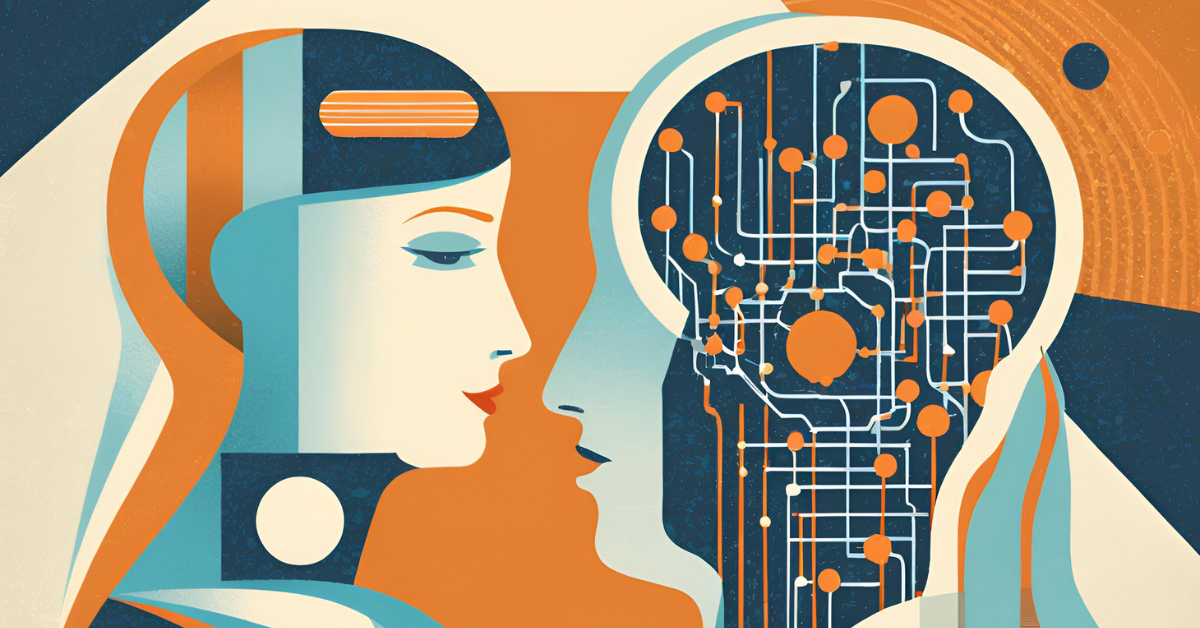
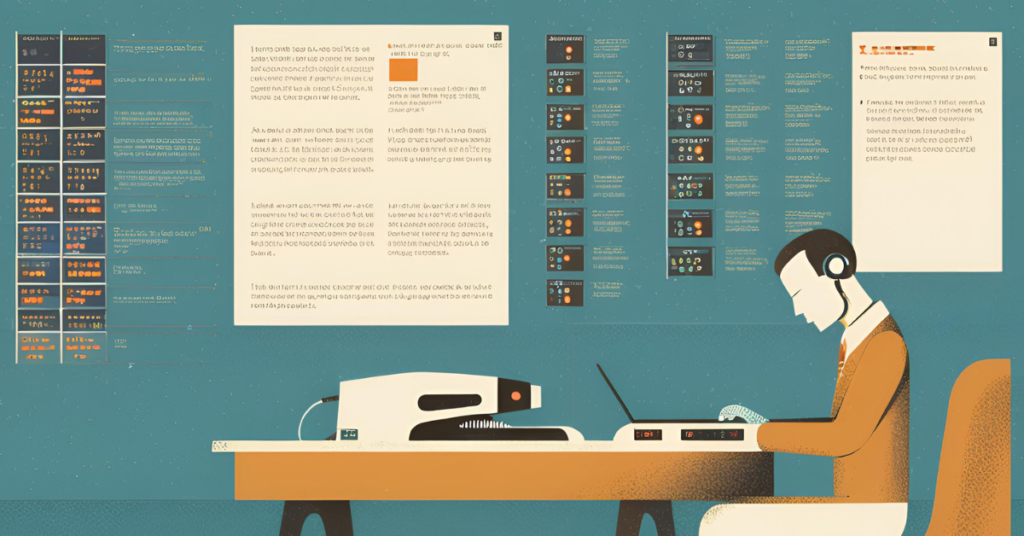

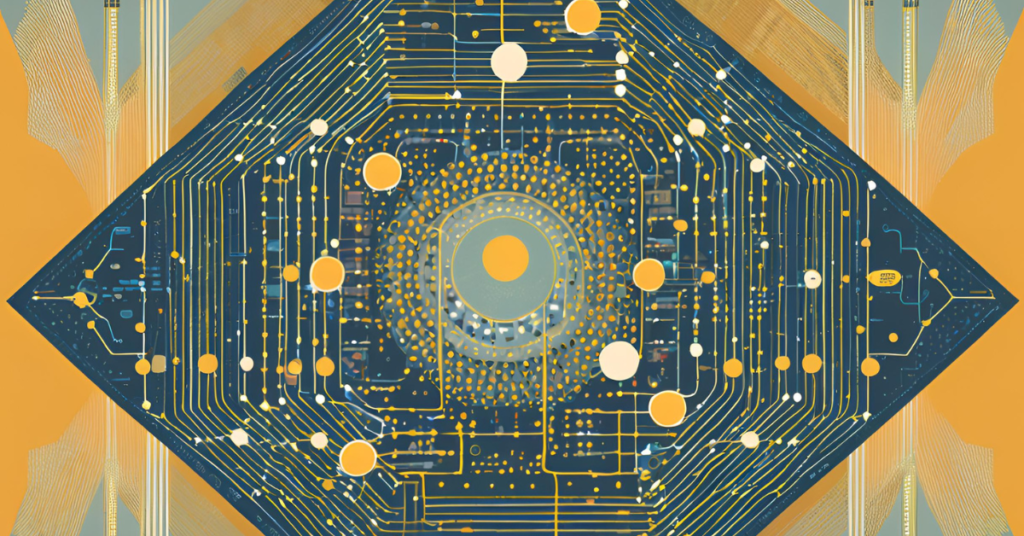
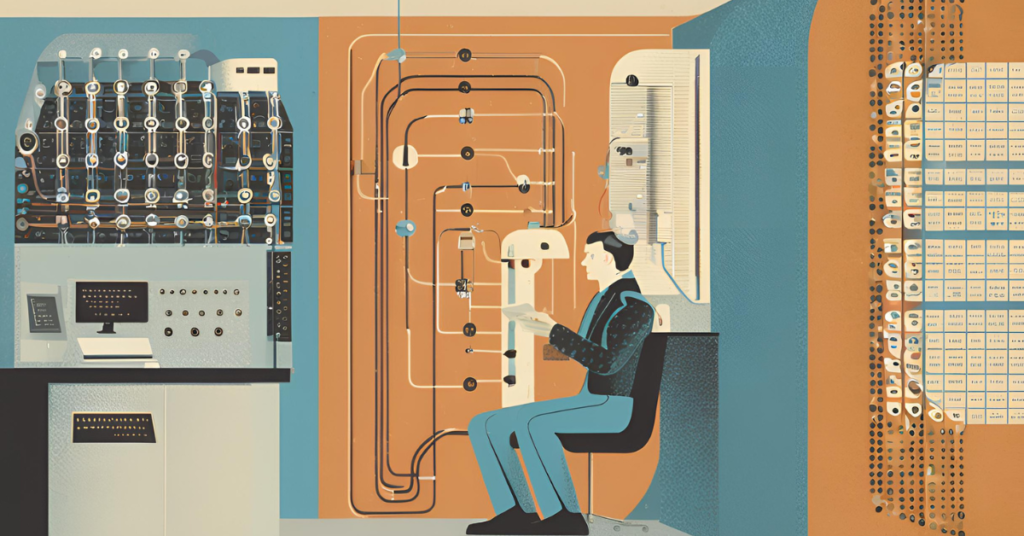

Thanks for sharing such detailed insights and clarification.